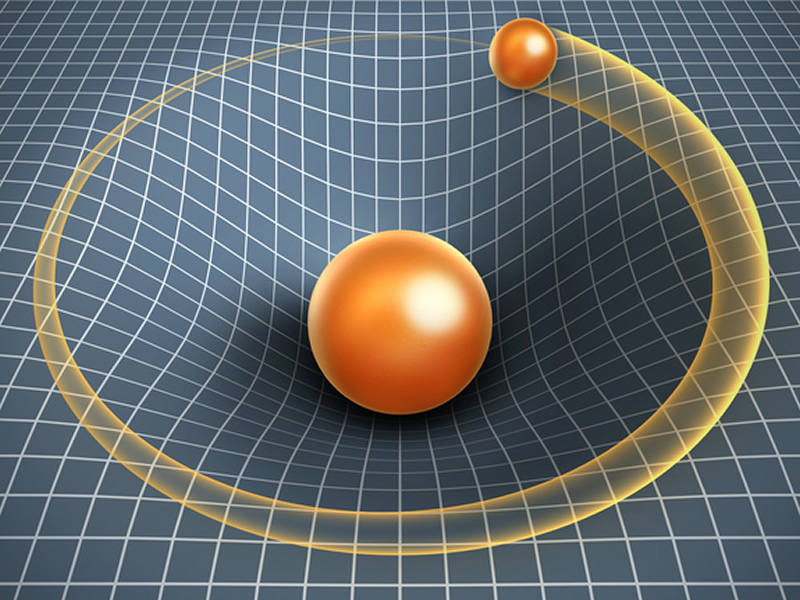Japanese researchers have uncovered the chemical switch that controls an animal’s hibernation pattern, a finding that might hold the key to triggering similar states of suspended animation in humans.

Imagine being able to trigger hibernation in humans to reduce tissue damage caused by strokes, heart attacks and surgery
To discover the hibernation trigger, Noriaki Kondo and colleagues at the Mitsubishi Kagaku Institute of Life Sciences in Tokyo studied a large group of chipmunks. They found that the levels of a hormone in the blood called hibernation-specific protein (HP) changed in accordance with when the animals hibernated, and showed an annual cyclical change in levels. HP dropped just before the animals went to sleep, and remained low throughout their hibernation. When they woke up, the levels rose again. But in their cerebrospinal fluid, which surrounds the brain, the opposite was true: when the animals went to sleep, HP levels rose.
To confirm that HP was responsible, the researchers used an antibody to mop up the molecule in the brain which, as predicted, prevented the animals from nodding off. Now they need to find out exactly how the hormone works, and whether the same effects might be possible in humans. After all, if humans can be put into a similar state, it might be possible to reduce tissue damage caused by strokes, heart attacks and surgery by simulating the extremely low metabolic demands of hibernating tissues.




